Golden barb - Barbodes semifasciolatus
Scientific name: Barbodes semifasciolatus
Common name: Golden barb
Family: Cyprinidae
Usual size in fish tanks: 6 - 7 cm (2.36 - 2.76 inch)
014
Recommended pH range: 6 - 8
Recommended water hardness: 4 - 18°N (71.43 - 321.43ppm)
0°C 32°F30°C 86°F
Recommended temperature range: 18 - 24 °C (64.4 - 75.2°F)
The way how these fish reproduce: Spawning
Where the species comes from: East Asia
Temperament to its own species: peaceful
Temperament toward other fish species: peaceful
Usual place in the tank: Middle levels
General Information
The Golden barb (Barbodes (=Puntius) semifasciolatus) is a peaceful, schooling cyprinid native to southern China and adjacent northern Vietnam (slow streams, ditches and vegetated rivers). The familiar bright-gold aquarium fish is a long-established cultivated morph often sold as “schuberti barb”; wild fish are more olive-green with a darker lateral stripe. Adults reach 6–7 cm and do best in groups of 8–10 .
Food & Feeding
Omnivore with a real appetite for plant/algae matter. Use quality flakes or small sinking granules as staple; rotate frozen/live foods (daphnia, baby brine shrimp, bloodworms in moderation). Include greens (spirulina flakes, blanched peas/spinach) to keep them trim and to reduce nibbling on soft plants. Feed small portions 1–2× daily.
Sexing
Males are slimmer and show richer gold with reddish/orange fins, especially in season; females are deeper-bodied and paler/olive-tinged.
Breeding
An egg-scattering free-spawner with no parental care. Condition a group on live/frozen foods. Use a separate, dim tank with fine-leaved plants or spawning mops (or marbles/mesh to protect eggs). Spawning often occurs at daybreak; remove adults immediately. Eggs typically hatch in 24–48 h; fry are free-swimming a few days later and start on infusoria/liquid fry food, then Artemia nauplii.
Lifespan
Typically 5–7 years (longer possible with cool, clean, well-oxygenated water).
Tank Requirements & Water Parameters
- Tank size: at least 75–90 cm (30–36″) length for a shoal; provide open lanes and planted margins.
- Water: pH 6.0–8.0, hardness ~4–18 °dH, temperature 18–24 °C preferred (tolerates up to ~26 °C). Cooler, well-oxygenated water suits them best.
- Filtration/flow: good turnover and O2; gentle-to-moderate current mimics streams.
- Aquascape: darker substrate, hardy plants (use tougher species if plant-nipping appears), wood/roots for shade; tight lid is optional but wise for active shoals.
- Maintenance: weekly water changes; avoid abrupt parameter swings.
Compatibility & Tank Mates
Peaceful, active shoaler. Excellent with other similarly sized, robust community fishes (other barbs/rasboras, larger tetras, white cloud minnows in cooler setups, Corydoras, small loricariids). Keep a proper group to diffuse any fin-nipping tendencies; avoid very slow or long-finned species if the shoal is small.
Behaviour & Usual Place in the Tank
Spends most time in the middle water column, darting into cover when startled. Provide both open swimming space and shaded retreats.
Short Description
Golden barbs are hardy, lively “cool-temperate” cyprinids. Keep them in sizeable groups in clean, oxygen-rich aquaria, offer a mixed omnivorous diet with greens, and they’ll reward you with constant movement and bright color. Breeding is straightforward in a separate, plant-filled or mop-filled tank.
Q&A
- Is the golden form a separate species? No—it's a long-established aquarium morph of Barbodes/Puntius semifasciolatus, often nicknamed “schuberti”.
- Heater needed? Usually not in a warm room; they prefer the cool end (18–22 °C), but tolerate up to ~26 °C.
- Plant-safe? Mostly, but they appreciate veggies—add spirulina/greens to reduce nibbling of soft plants.
Picture
Bought by aqua-fish.net from jjphoto.dk.
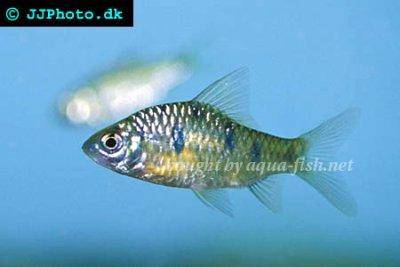

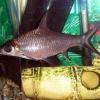 Bala
Bala 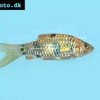 Spotted
Spotted 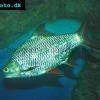 Tinfoil
Tinfoil 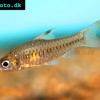 Congo
Congo 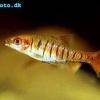 Blue-barred
Blue-barred 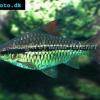 African
African 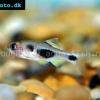 Butterfly
Butterfly 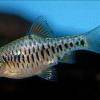 Olivegreen
Olivegreen 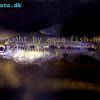 Morse
Morse 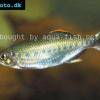 Jerdon’s
Jerdon’s 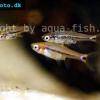 Mosquito
Mosquito 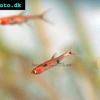 Dwarf
Dwarf 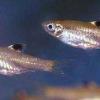 Eyespot
Eyespot 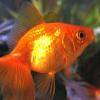 Goldfish
Goldfish 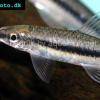 Penguin
Penguin 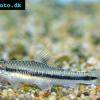 Siamese
Siamese 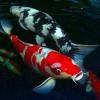 Koi
Koi 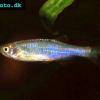 Pearl
Pearl 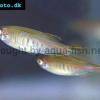 Glowlight
Glowlight 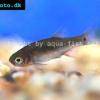 Crossbanded
Crossbanded 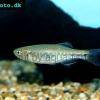 Yoma
Yoma 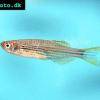 Orange
Orange 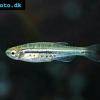 Dwarf
Dwarf 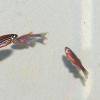 Zebra
Zebra 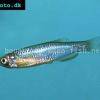 Rose
Rose 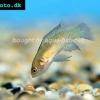 Red
Red 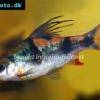 Arulius
Arulius 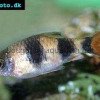 Tambraparni
Tambraparni 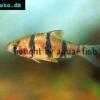 Fiveband
Fiveband 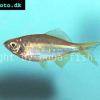 Bengal
Bengal 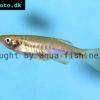 Tiger
Tiger 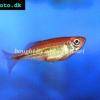 Malabar
Malabar 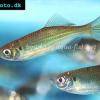 Queen
Queen 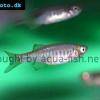 Hora
Hora 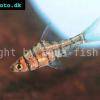 False
False 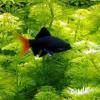 Redtail
Redtail 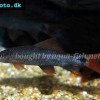 Rainbow
Rainbow 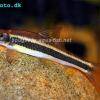 Flying
Flying 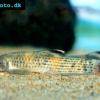 Garra
Garra 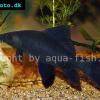 Black
Black 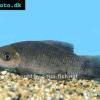 Purple
Purple 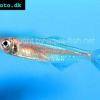 Burmese
Burmese 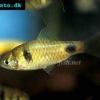 Dwarf
Dwarf 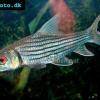 Isok
Isok 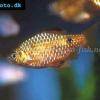 Rosy
Rosy 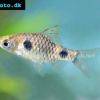 Two
Two 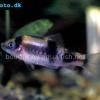 Melon
Melon 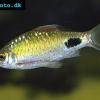 Black-spot
Black-spot 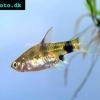 Golden
Golden 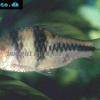 T-Barb
T-Barb 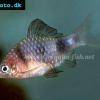 Ruby
Ruby 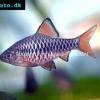 Checkered
Checkered 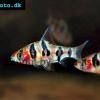 Rhomb
Rhomb 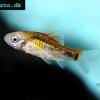 Gold
Gold 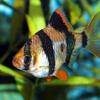 Tiger
Tiger 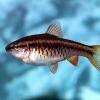 Cherry
Cherry 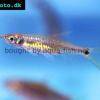 Brittan’s
Brittan’s 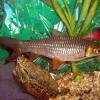 Greater
Greater 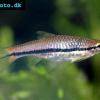 Long-band
Long-band 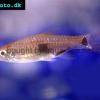 Twospot
Twospot 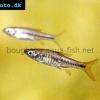 Reticulate
Reticulate 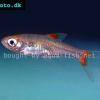 Cherry
Cherry 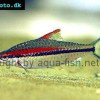 Denison
Denison 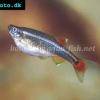 White
White 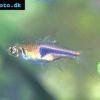 Lambchop
Lambchop 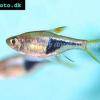 Harlequin
Harlequin